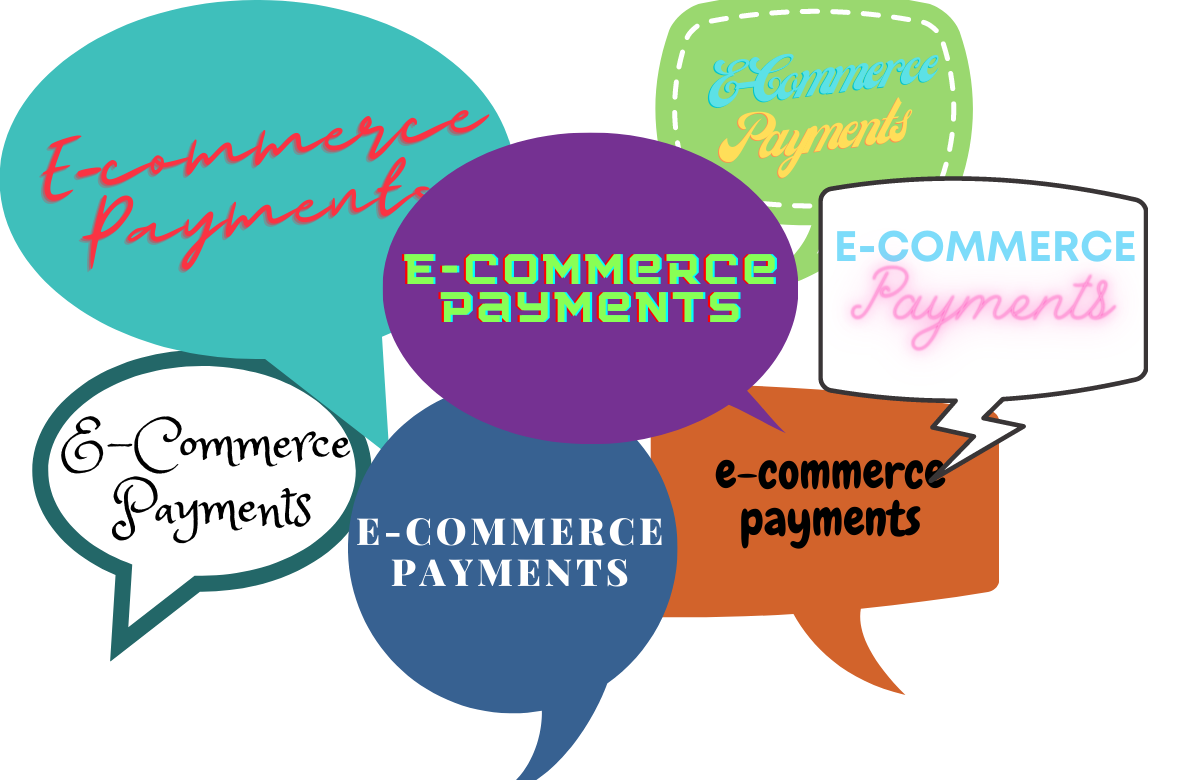It’s just too bad that the topic of ecommerce payment processing isn’t more scintillating. (Of course, Pierre and I think it’s quite interesting or we wouldn’t have been in the billing and payments industry for a combined 20+ years!)
But really, it is a shame. We’re thinking about the entrepreneurs who’ve started an online business and experienced the various roadblocks related to accepting payments online. It’s frustrating and bewildering, and we wouldn’t wish that difficult journey on anyone.
If you’re new to e-commerce, you might think about a payment gateway as just one more thing you need to have access to before you can launch your website. It’s tempting to sign up with and stick to a single payment gateway, and it’s relatively fast and simple to sign up and hook it into your website.
However, as you’ll discover (hopefully from this article and not by experience), it’s important to carefully consider all aspects of e-commerce payment processing. Otherwise, you could have unpleasant surprises down the road that can cause lost revenue and frustrated customers.
As we’ll explain, the payment gateway is just one part of an overall payment solution we’ll refer to as a payment platform.
What to Look for Before Ecommerce Payment Processing
Based on our years working in the subscription billing and payments sector, we’ll go over the features we think are most important to enable ecommerce payment processing:
- Process payments in real-time
- Support a variety of payment flows and payment methods
- Automatically handle payment processor outages
- Route payment transactions to the most cost-effective gateway
- Integrate with third-party software vendors
- Integrate with your existing internal applications
1. Process Payments in Real-Time
Batch processing of payments is preferred by brick-and-mortar businesses (such as gas stations or hotels) when the final transaction isn’t immediately known. However, if you’re an e-commerce business, using a system that processes payments in batches isn’t desirable. Why tie up your funds when it’s not necessary? Having immediate use of your funds is crucial for overall cash management, budgeting, and financial projections.
2. Support a Wide Variety of Ways to Pay
Another consideration for you as an e-commerce business is the number of payment options you’ll provide. Many consumers use credit cards as their default online payment method, which requires you to be signed up with a payment gateway (like Authorize.net).
However, non-bank payment options like PayPal, Venmo, and Apple Pay are also popular with consumers. Other ways that consumers like to pay are ACH, wire transfer, and even cryptocurrency. The percentage of customers who would use these payment methods varies depending on the type of product you offer and the customer’s country (certain payment methods are more popular in some regions of the world than others).
A flexible, extendible payments platform can accommodate a wide variety of payment options, and your customers will really appreciate that!
3. Automatically Handle Payment Gateway Outages
Technology has come a long, long way, but that doesn’t mean system outages and glitches never occur. If your e-commerce business is using just one payment gateway, what happens if the gateway is unresponsive when your customers want to make a purchase?
We’ll answer that: the customers go somewhere else, and they’re not likely to return.
This emphasizes the importance of having at least two payment gateways. If your primary payment gateway crashes or is unresponsive, a nimble payments platform can shift transactions to the “backup” payment gateway.
4. Route Payment Transactions to the Most Cost-Effective Gateway
As you grow your e-commerce business, over time you may notice that those payment gateway fees can really add up. For example, as your business expands overseas, so do those charges for international payment processing.
One way to save money is to route payment transactions to specific payment gateways based on certain criteria. Using the example above, when the payment platform detects a payment transaction from overseas, it switches to a lower-cost international payment gateway instead of your standard payment gateway.
Another example that underscores the importance of this functionality is switching from one payment gateway to another if the daily number of transactions exceeds a limit (whereafter using that payment gateway would result in higher transaction costs).
5. Integrate with Third-Party Software Vendors
Although payment gateways do a lot of heavy lifting when it handles your e-commerce payments, it can’t do everything. That’s why it’s important that your payments platform can integrate with third-party software vendors.
A perfect example of this has to do with handling the taxes that you collect from your ecommerce customers when they make purchases. Keeping up with all the tax laws in the U.S. and other countries isn’t something that your payment gateway is going to handle for you. In fact, taxes for inter-state and inter-country e-commerce transactions is so complicated that it also falls outside the domain of your subscription billing software.
Still, the government wants their taxes, so you need to use tax software that takes care of charging the correct tax amount for every purchase and keeping track of it. To that end, your ecommerce payment processing platform needs the ability to integrate with third-party tax software.
Tax software like Avalara Tax is just one example. It’s also possible that because of the nature of your business, you need to keep a close eye on fraudulent transactions. While payment gateways can detect some fraudulent transactions, you’ll get better results using third-party software vendors that specialize in fraud detection (like Accertify or Feedzai).
Using a payments platform that plays well with other third-party applications is a smart way to keep your business healthy and thriving.
6. Integrate with Your Existing Internal Applications
Updating transaction data manually because your e-commerce payment processing platform doesn’t communicate with your internal systems is tedious and prone to input errors. Look for a platform that can integrate with your internal systems (accounting, inventory, CRM, order management, etc.). Your employees will spend less time managing data and can focus on customers and business development.
Additionally, as your e-commerce business grows, you shouldn’t be inhibited by the technological restrictions of the payment gateway. Say you want to migrate to a bigger, better CRM solution or streamline order management and inventory. The last thing you need to hear is that your payment gateway doesn’t work with the newer, better solutions.
Keep Your Options Open
Maybe you’ve already noticed it, but keep your options open is the theme of this article. To achieve and maintain a competitive advantage, your ecommerce payment processing software should be as flexible and extensible as possible so you can weather difficult times and take advantage of newer technology.
We designed Kill Bill to be the ultimate open-source solution for your billing problems. To learn more about Kill Bill:
- Watch an introductory video
- Read the Kill Bill overview
- Become a Kill Bill sponsor
- Join the Kill Bill Community
- Get started with Kill Bill


